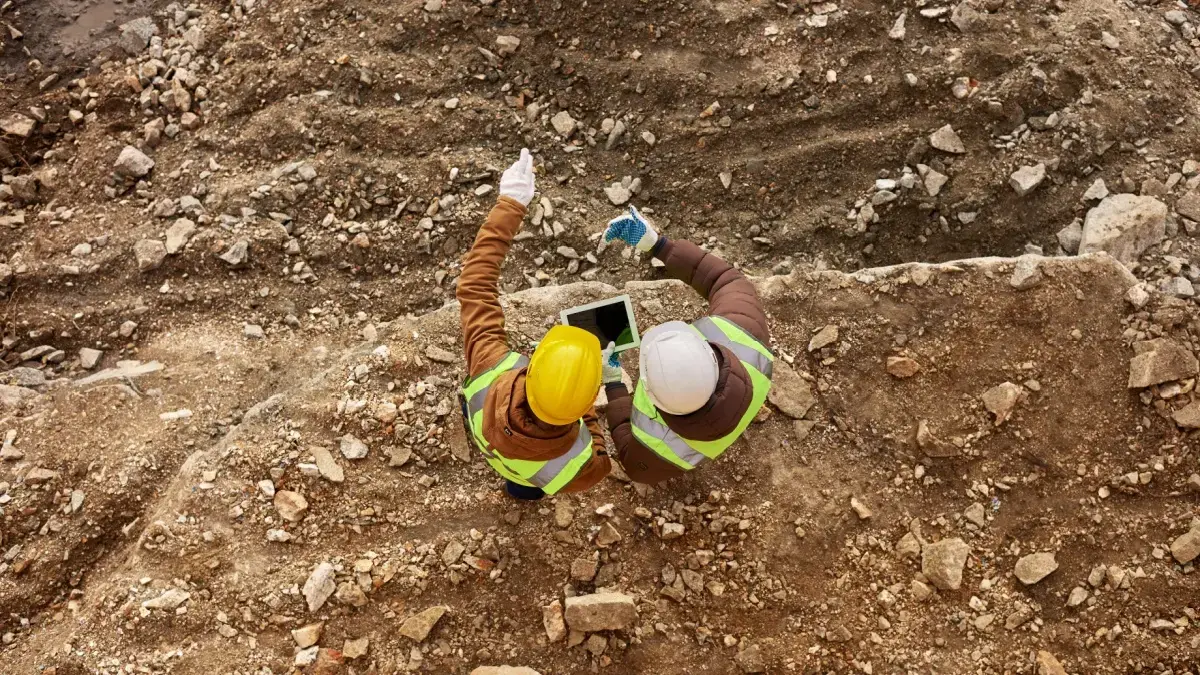An incredible discovery has been made by geologists in Western Australia: an iron ore deposit estimated to be worth 5.775 billion USD. With its 55 billion tons, this deposit stands as the largest ever recorded, disrupting the scientific paradigm concerning the formation of iron ore. At 1.4 billion years old, it raises questions about conventional geological theories and could have a massive economic impact, particularly in response to the growing demand for iron and steel.
The essence of the information
- Discovery of an iron ore deposit of 55 billion tons in Australia.
- Estimated value of 5.775 billion USD, with an impact on the global economy.
- Changes our understanding of the formation of iron ore and geological cycles.
- Calls for global investments and raises environmental questions.
Discovery of an Exceptional Reserve
A groundbreaking event has shaken the world of mineral exploration with the discovery of an iron ore deposit estimated at 55 billion tons. Located in the Hamersley region of Western Australia, this deposit is now the largest ever recorded, with an estimated value of 5.775 billion USD.
A Scientific Paradigm Shift
This discovery goes beyond impressive numbers; it also transforms our scientific understanding of the formation of iron ore. The formations of this deposit are 1.4 billion years old, challenging the expectations of geologists who believed these formations were older. This raises questions regarding the conventional theories about the geological processes involved in ore formation.
Connections to Supercontinent Cycles
Researchers have also discussed possible connections between this discovery and supercontinent cycles. This could mean that the tectonic dynamics of the plates played a key role in the formation of these deposits, adding a new dimension to discussions about the geology of the Earth.
Implications for Mineral Exploration
The impact of this discovery extends beyond the borders of Australia. Indeed, it has enormous implications for future mineral exploration on a global scale. Geologists may need to rethink their strategies in the search for similar minerals, leading to more in-depth investigations in underexplored geographical areas.
How Animals and Humans Detect and Use the Earth’s Magnetic Field
Economic Implications and Strategies
Economically, the potential of this discovery could disrupt iron markets and the mining sector overall. With a growing demand for iron and steel, particularly in China and India, this resource could meet critical needs in construction and industry.
Investments and Infrastructure
To exploit this colossal reservoir, new infrastructure must be set up for the extraction and transport of the ore. This requires significant global investments, which also raises concerns about the environmental impacts associated with such large-scale operations.
Isotopic Analysis and Future Discoveries
The importance of isotopic analysis cannot be understated in the context of future mineral discoveries. This analytical process can not only help better understand the geological formations but also identify other potential deposits around the world. Thus, the scientific community stands at a crossroads, ready to explore unknown paths thanks to this unprecedented discovery.

